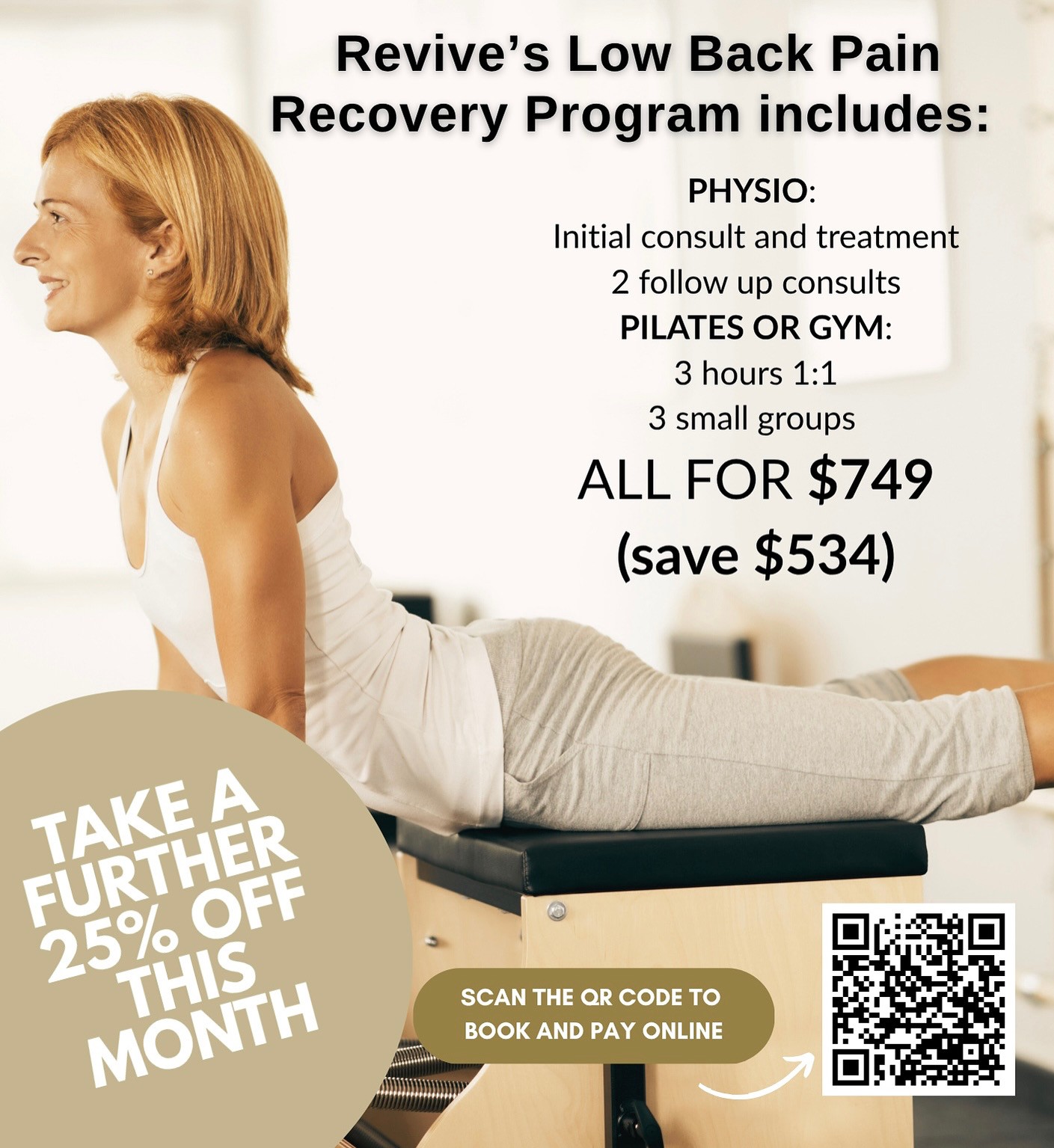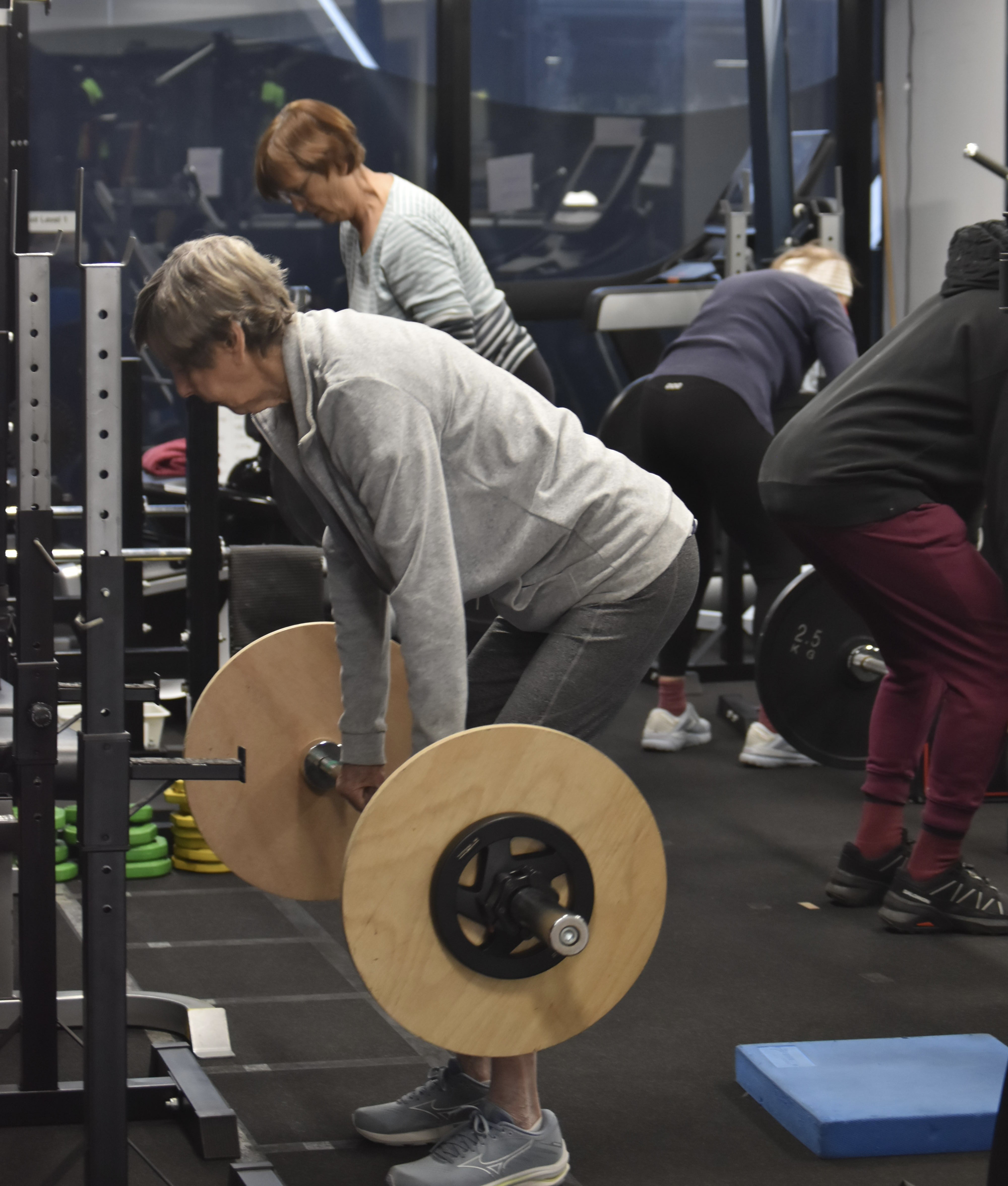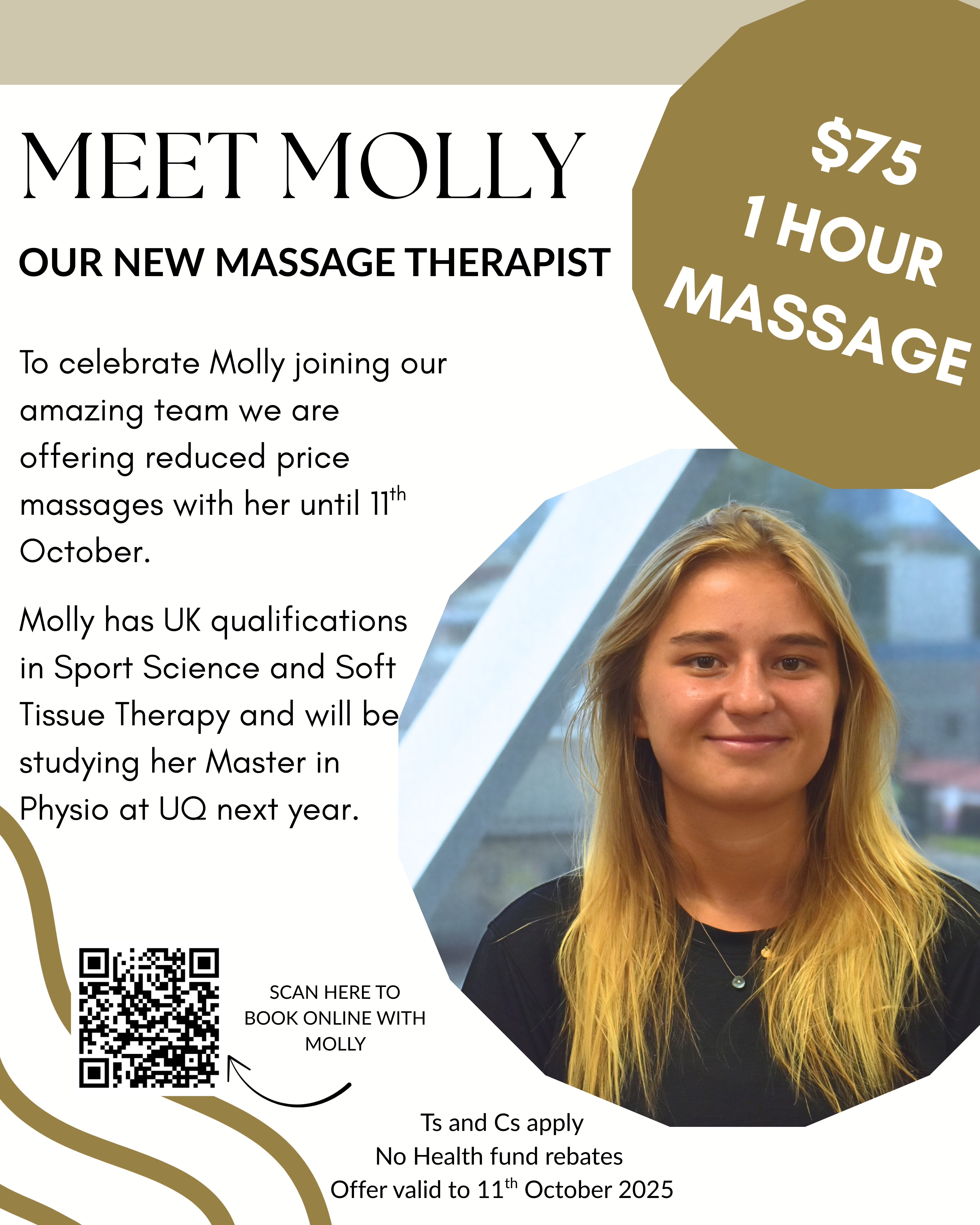Myofascial Massage Unlocking The Bodys Healing Potential
Myofascial massage, often referred to as myofascial release therapy (MFR), is a specialized form of manual therapy aimed at relieving pain, enhancing mobility, and improving overall physical function. This technique targets the myofascial tissues, a network of connective tissues that envelop and connect muscles, bones, and organs throughout the body. By addressing restrictions and dysfunctions in these tissues, myofascial massage promotes balance, flexibility, and a sense of well-being.
What is the Myofascial System?
The term "myofascial" combines "myo" (muscle) and "fascia" (connective tissue). Fascia is a thin but strong web-like tissue that wraps around every muscle, bone, nerve, and organ, providing structural support and transmitting force throughout the body. This interconnected system ensures that different parts of the body work in harmony. However, injuries, overuse, inflammation, or stress can cause fascial tissues to become tight, sticky, or rigid, resulting in pain, restricted movement, and discomfort.
How Does Myofascial Massage and Release Work?
At Revive, practitioners will use myofascial massage to address these restrictions in the fascia. The process involves applying sustained, gentle pressure to targeted areas to release tension, restore normal tissue function, and improve circulation. Here’s how it works:
- Identifying Fascial Restrictions: Practitioners use their hands to feel for areas of tension, stiffness, or adhesions in the myofascial tissues. These areas often correspond to points of pain, reduced mobility, or discomfort.
- Sustained Pressure: Unlike traditional massage, which may involve rhythmic strokes, myofascial release therapy focuses on holding pressure for extended periods. This approach encourages the fascia to stretch, unwind, and return to its natural, flexible state.
- Engaging the Nervous System: Myofascial release is not just a physical technique; it also interacts with the nervous system. By gently coaxing the fascia to release, the therapy helps reduce pain signals, increase relaxation, and improve proprioception (the body’s sense of position and movement).
- Encouraging Hydration and Elasticity: Fascial tissues require adequate hydration to function optimally. Restricted fascia can impede the flow of interstitial fluids (the fluid found in the spaces around cells), leading to stiffness. Myofascial massage improves fluid dynamics, restoring hydration and elasticity to the tissues.
Benefits of Myofascial Massage and Release
- Pain Relief: Myofascial massage can be effective in addressing chronic pain conditions, including back pain, neck pain, and headaches. It is particularly useful for conditions like myofascial pain syndrome and fibromyalgia.
- Improved Range of Motion: Releasing restrictions in the fascia can significantly enhance flexibility and mobility, making it beneficial for athletes, dancers, and individuals recovering from injuries.
- Enhanced Postural Alignment: Fascial imbalances can contribute to poor posture and associated discomfort. Myofascial release helps align the body, promoting better posture and reducing strain on muscles and joints.
- Stress Reduction: The gentle, sustained nature of myofascial release encourages relaxation, reduces stress hormones, and fosters a sense of calm.
- Support for Injury Recovery: By improving circulation and reducing tension, myofascial massage can accelerate the healing of soft tissue injuries and prevent the development of compensatory movement patterns.
What to Expect During a Myofascial Release Session
A typical session at Revive will begin with an assessment of your body’s alignment, posture, and areas of tension. The practitioner may use light, sustained pressure with their hands, fingers, or elbows to stretch the fascia. Sessions are personalised and will focus on specific areas of discomfort or dysfunction.
The experience is generally relaxing, although some people may feel mild discomfort as tight tissues are released. This sensation often subsides quickly, leaving a feeling of relief and increased mobility. Sessions can range from 30 minutes to an hour, depending on your needs and goals.
Evidence Supporting Myofascial Release Therapy
Research highlights the effectiveness of myofascial release in alleviating pain and improving mobility. Studies have shown that myofascial techniques can reduce symptoms in individuals with chronic pain, increase range of motion in those with restricted movement, and complement traditional physical therapy for conditions like plantar fasciitis and temporomandibular joint (TMJ) dysfunction.
Who Can Benefit from Myofascial Massage?
Myofascial release is suitable for a wide range of individuals, including:
Chronic Pain Sufferers: People dealing with conditions like arthritis, fibromyalgia, or long-standing musculoskeletal pain.
Athletes and Active Individuals: To prevent injuries, enhance performance, and aid recovery.
Post-Injury Rehabilitation: To address lingering tightness or imbalances after an injury.
Those with Postural Issues: To correct imbalances caused by prolonged sitting, poor ergonomics, or repetitive motions.
Stress and Tension Relief: For individuals seeking relaxation and stress reduction.
Complementing Other Therapies
Myofascial release can be seamlessly integrated into a broader treatment plan provided by the Remedial Massage Therapist or Myotherapist, enhancing their effectiveness and by incorporating it into a standard treatment it may provide longer lasting results by addressing the fascial component of dysfunction. This in turn means that an individual may need less frequent treatments to manage their pain or discomfort.
Self-Care and Myofascial Techniques at Home
While professional myofascial release therapy offers the most benefits, self-care techniques can also support your fascia. Tools like foam rollers, massage balls, and stretching routines can help maintain flexibility and release minor fascial restrictions between sessions. These exercises may be given as part of your Revive treatment plan to help give longer lasting benefits from manual therapy.
Conclusion
Myofascial massage is more than just a massage technique—it is a science-backed approach to addressing pain, improving function, and restoring balance. By targeting the fascial network that underpins the body’s movement and structure, this therapy offers a path to holistic healing and enhanced well-being. Whether you’re dealing with chronic pain, recovering from an injury, or seeking to improve your physical performance, myofascial release therapy can help you unlock your body’s healing potential.
For personalised care and lasting results, contact us at Revive to book your massage
.svg)





